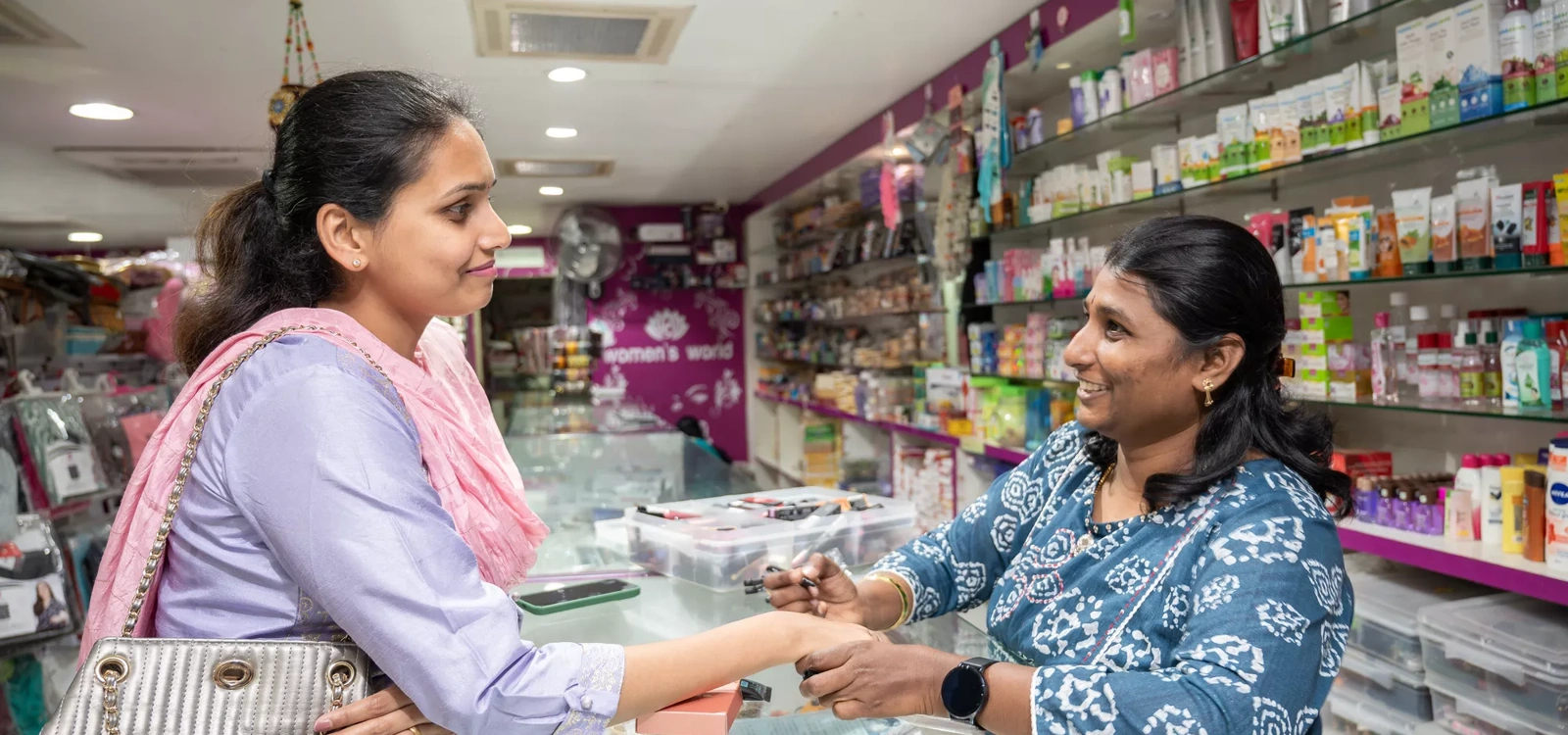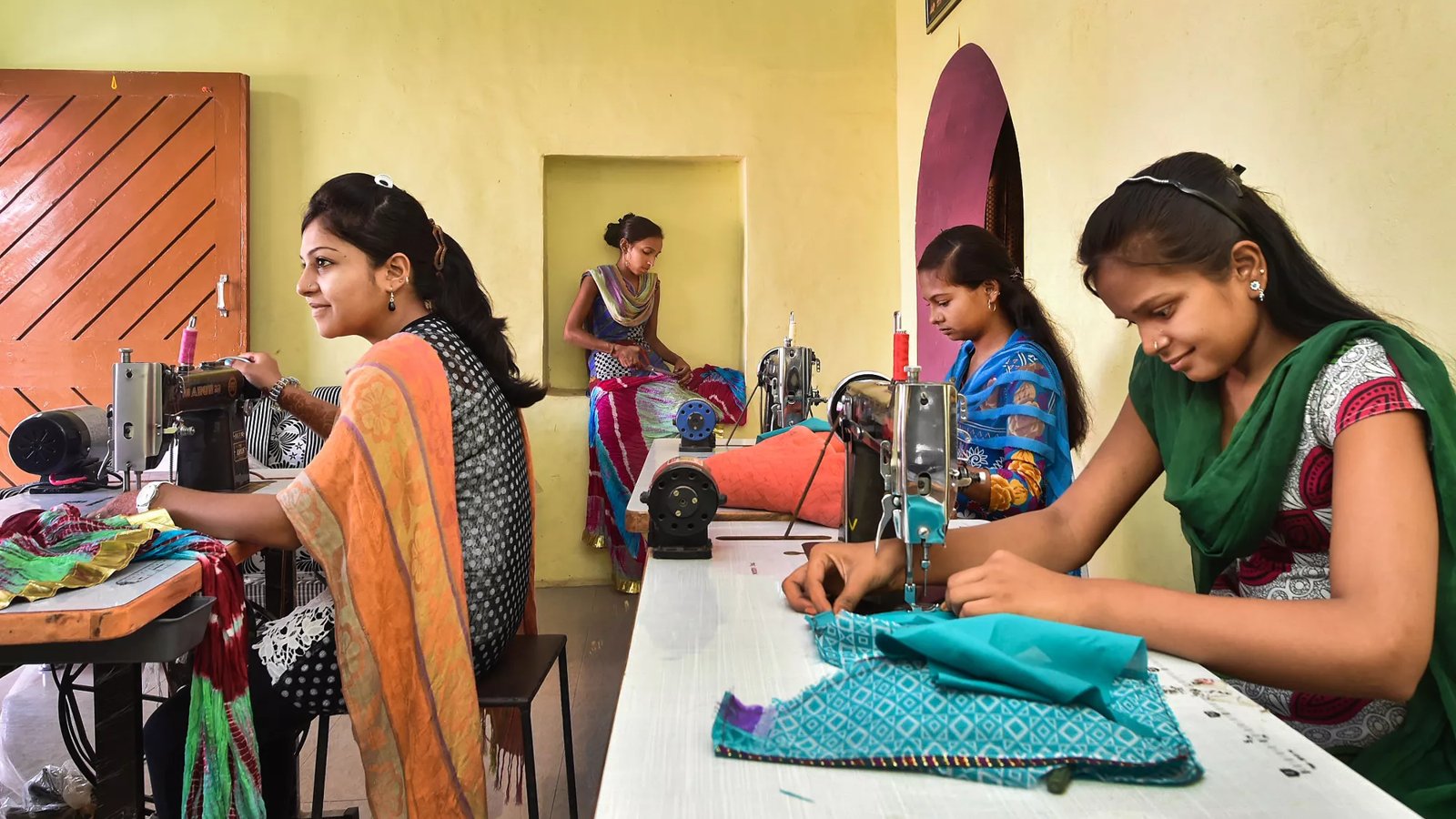India’s 11 million nano enterprises are a testament to the country’s innovative spirit and limitless potential. This large subset of small businesses, mainly composed of retail or kirana shops, serve local communities and generate annual sales of between INR 1-10 million (about $12,000-$120,000).
However, because many nano entrepreneurs do not have the collateral or credit history to qualify for a loan, they often cannot access resources to grow.
In 2020, we began working with partners across India to design and scale customized solutions, expanding nano entrepreneurs’ access to financial services.



